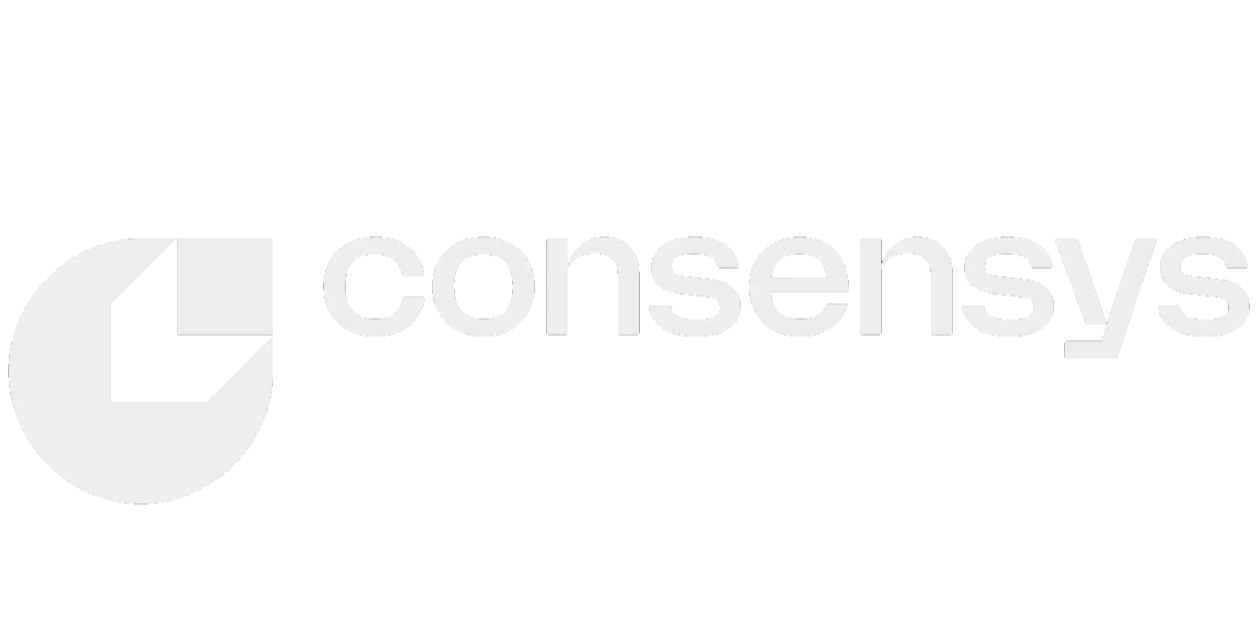Why you should set up your own Ethereum node
The concept behind Ethereum is to create a network of so many nodes that hold copies of the blockchain network that it would be impossible for any government, corporate entity, or cohort of nefarious actors to take down or censor the network. It's vital that the data be spread across the globe as widely as possible in order to ensure maximum decentralization. Therefore, if you want to help Ethereum grow, one of the best things you can do is set up your own node.



